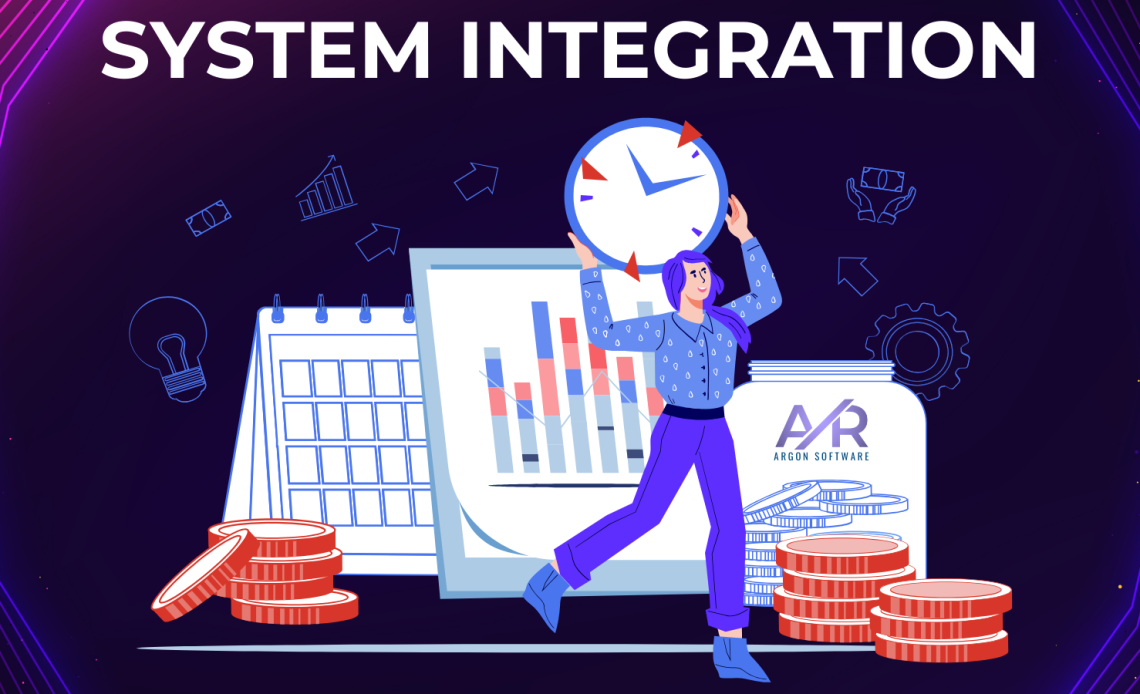
In a world driven by data and digital workflows, managing multiple disconnected tools and platforms is a hidden cost that stacks up quickly. Businesses often use different systems for accounting, CRM, inventory, HR, and communication—but when these systems don’t talk to each other, it leads to inefficiencies, errors, and duplication of work.
That’s where system integration comes in.
By connecting your digital tools and automating data flow between them, system integration creates a unified ecosystem that increases efficiency and reduces overhead. And while it may require an upfront investment, the long-term cost savings can be substantial.
What Is System Integration?
System integration is the process of linking different software applications, databases, and systems into one cohesive infrastructure. Instead of employees manually transferring data between tools, integrated systems automatically sync information across platforms.
For example, when your CRM talks directly to your invoicing software, sales teams don’t need to duplicate data entry. Likewise, HR platforms integrated with payroll software reduce administrative burdens and minimize errors.
The Hidden Costs of Disconnected Systems
When systems operate in silos, you end up paying in more ways than you realize:
- Time Loss – Employees spend hours toggling between tools, copying and pasting data.
- Data Inconsistencies – Manual entry increases the chances of error, leading to operational delays or compliance issues.
- Delayed Decision-Making – Without real-time access to consolidated data, business leaders lack the insights they need to act quickly.
- Higher IT Maintenance Costs – Maintaining multiple standalone tools often means higher licensing fees and fragmented support.
These inefficiencies might seem small day-to-day, but over months or years, they result in substantial cost leakage.
How Integration Saves You Money
1. Increased Efficiency and Productivity
Integrated systems reduce repetitive manual tasks, freeing up your team to focus on higher-value work. Automating workflows—like syncing inventory levels between POS and warehouse systems—means fewer mistakes and faster response times.
💼 See how we helped a retail client reduce order processing time by 40% through automation
2. Reduced Human Error
Manual data entry comes with a cost. Typos, duplicate entries, and misaligned records can lead to shipment delays, customer complaints, and even legal issues.
Integration ensures data consistency across platforms, reducing the cost of fixing errors and improving customer satisfaction.
3. Lower Training and Support Costs
When employees use multiple tools with different interfaces, training takes longer and mistakes are more frequent. Integrated systems often mean fewer platforms to learn, and more intuitive workflows.
The result? Reduced onboarding time and lower internal support costs.
4. Real-Time Data and Better Decisions
An integrated system gives you a centralized view of your operations. You can track key metrics, generate accurate reports, and forecast more effectively—without stitching data together manually.
Better data leads to faster, smarter decisions—and that can translate to increased revenue and saved opportunities.
📊 Learn more about our Analytics and Dashboard Integration Solutions
5. Scalability Without Headcount Growth
As your business grows, integration helps you scale without constantly hiring more admin staff to handle back-office tasks. You’ll be able to process more orders, handle more clients, and manage more operations—with the same number of employees.
Is Integration Worth the Investment?
Yes—if it’s done right. The key is to prioritize systems that:
- Handle high-volume, repetitive tasks
- Are business-critical (CRM, ERP, accounting, etc.)
- Generate or use shared data across departments
Start with these systems and build an integration roadmap that fits your growth goals.
Need help? Our team works with businesses across industries to design custom integration strategies that match their existing workflows, software stack, and future plans.
Final Thoughts
System integration isn’t just a technical upgrade—it’s a strategic cost-saving move. When your tools talk to each other, your team performs better, decisions are faster, and errors drop dramatically. Over time, that translates into real financial impact.
If you’re tired of duplicated work, misaligned data, or disconnected systems, now might be the time to consider integration as part of your long-term strategy.
🎯 Let’s explore how integration can work for your business → https://bit.ly/ArgonFreeConsultation

